Mary's Role in the Mystery of the Incarnation: A Theological Exploration
This article explores the multifaceted role of Mary, the Mother of God, within the theological framework of the Incarnation, focusing on key tenets of Catholic doctrine and their implications. We will examine several pivotal events and theological concepts to illuminate Mary's significance within the divine plan of salvation. Key concepts to be discussed include the Immaculate Conception, the Annunciation, Divine Motherhood, and the theological parallels between Mary and Eve.
The Immaculate Conception and the Annunciation: Preparing the Vessel
The doctrine of the Immaculate Conception posits that Mary, from the first moment of her conception, was preserved free from original sin through God's grace. This preemptive grace, according to the Catechism of the Catholic Church, prepared her for her unique role as the Theotokos (God-bearer). This concept aligns with the principle of prevenient grace, whereby God's grace anticipates and enables human response. The Immaculate Conception isn't merely about Mary's personal holiness; it's about ensuring the vessel chosen to bear the Son of God was entirely pure, free from the taint of human fallenness. Applying this to a real-world scenario, one might consider this akin to meticulously preparing the most delicate instrument for a crucial scientific experiment; every precaution is taken to ensure its pristine condition guarantees the success of the undertaking.
The Annunciation, recounted in Luke's Gospel, represents the pivotal moment of God's invitation to Mary. Gabriel's announcement of her chosen role and Mary's humble acceptance ("Behold, I am the handmaid of the Lord; let it be to me according to your word") exemplify the concept of kenosis – the self-emptying of God – and Mary's complete submission to God's sovereign will. This humble obedience demonstrates a profound understanding of her role within the larger divine narrative, reflecting the theological virtue of humility. In a modern context, this could be likened to a scientist relinquishing personal ambition for the sake of a greater scientific discovery, placing the success of the project above personal recognition.
Divine Motherhood and the Visitation: The Incarnation's Manifestation
Mary's role as Mother of God (Theotokos) is a cornerstone of Catholic faith. Through her affirmative response, the Word became flesh, fulfilling the prophecy of the Incarnation. The Council of Ephesus (431 AD) definitively affirmed this doctrine, emphasizing the full divinity and humanity of Christ, uniting two seemingly disparate natures in a single person. This union can be understood through the lens of hypostatic union, a complex theological concept that highlights the unity of divine and human natures in Christ. The acceptance of Mary's role as Theotokos marks a radical departure from traditional understandings of motherhood; it places her at the very heart of the salvific event. Consider this analogous to a groundbreaking technological advancement where disparate components work in perfect harmony to achieve an unprecedented outcome.
The Visitation, Mary's visit to Elizabeth, further underscores Mary's role. Elizabeth's recognition of Mary as the mother of her Lord (“And why is this granted me, that the mother of my Lord should come to me?” Luke 1:43) highlights the early recognition of the Incarnation's profound significance. This event illustrates the concept of communio sanctorum (the communion of saints), demonstrating the interconnectedness of all believers in Christ, even before His birth. In practical terms, this exemplifies the importance of fellowship and mutual support within a community; just as Mary's visit blessed Elizabeth, support within a community benefits all its members.
Perpetual Virginity, Calvary, and the Assumption: Mary's Enduring Role
The doctrine of Mary's perpetual virginity, affirmed by scripture and tradition, underscores her unique consecration to God's plan. This is not merely a biological assertion but a theological one, emphasizing her complete devotion and her role as a symbol of purity and sanctity. The concept of perpetual virginity doesn’t diminish the reality of Jesus’ humanity; rather, it affirms the extraordinary nature of the Incarnation itself. This concept parallels the preservation of a priceless artifact, maintained in its pristine state throughout history, retaining its inherent value and historical significance.
Mary's presence at Calvary, as depicted in the Gospels, illustrates her profound suffering and unwavering faith in the face of her Son's crucifixion. Jesus' entrustment of Mary to John ("Woman, behold your son! … Behold, your mother!") (John 19:26-27) establishes her as a spiritual mother to all believers. This concept, understood within the framework of spiritual motherhood, connects Mary’s role to the concept of intercession; she serves as a model of faith and a mediatrix of grace between humanity and God.
The dogma of the Assumption, asserting that Mary was taken body and soul into heaven, signifies the culmination of her earthly life and her elevation to glory, reflecting the ultimate reward of faithful obedience to God. This highlights the concept of glorification, the ultimate transformation of the faithful in the presence of God. This can be conceptualized as a reward or recognition for outstanding achievement within a community. The Assumption is a clear demonstration of the final victory of good over evil within the Christian narrative.
Mary as the New Eve: Undoing the Disobedience
The theological comparison between Mary and Eve is a powerful illustration of the redemptive power of Christ. Mary's obedience, in contrast to Eve's disobedience, signifies the restoration of humanity's relationship with God. This comparison highlights the concept of redemption, the reversal of the effects of original sin through Christ’s sacrifice. The "knot" of Eve's disobedience is "untied" by Mary's obedience, thus symbolizing the restoration of harmony between God and humanity. Analogously, this comparison can be understood in terms of correcting a previous error or rectifying a past mistake within a system.
The title "Mother of Mercy" reflects Mary's compassionate nature and her role as an intercessor for humanity. Her role is one of maternal care, guidance, and comfort; a tangible expression of God’s compassion. Mary’s role underscores the central message of the Christian faith: God’s immeasurable love and compassion for humanity. This can be compared to the actions of a dedicated mentor or a compassionate leader who nurtures and supports those in their charge.
Conclusions and Recommendations
Mary's role in the Incarnation is multifaceted and profoundly significant. Her obedience, faith, and purity are presented as models for Christian discipleship. The examination of her life through the lenses of various theological concepts reveals a clear pattern of unwavering faith, selfless service, and absolute trust in God's plan of redemption. The various doctrines surrounding her life serve not only to define her unique status within Christian theology, but also to inspire and guide believers in their own spiritual journeys. Further research could explore the socio-cultural influences on the development of Marian doctrines and the varying interpretations of Mary's role across different Christian traditions.
Reader Pool: How does an understanding of Mary's role in the Incarnation, as presented here, influence your understanding of the Christian faith and your personal spiritual journey?
```


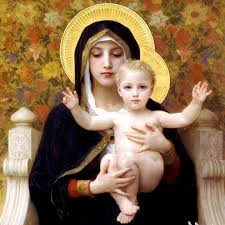
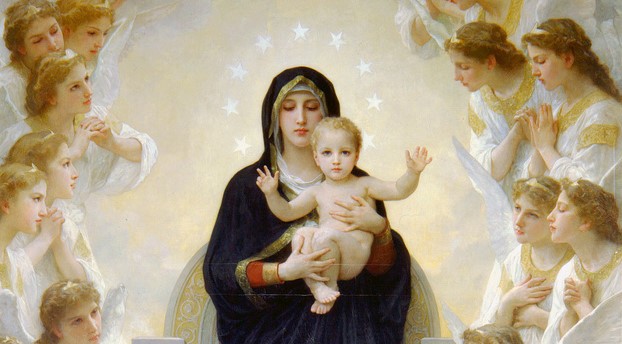
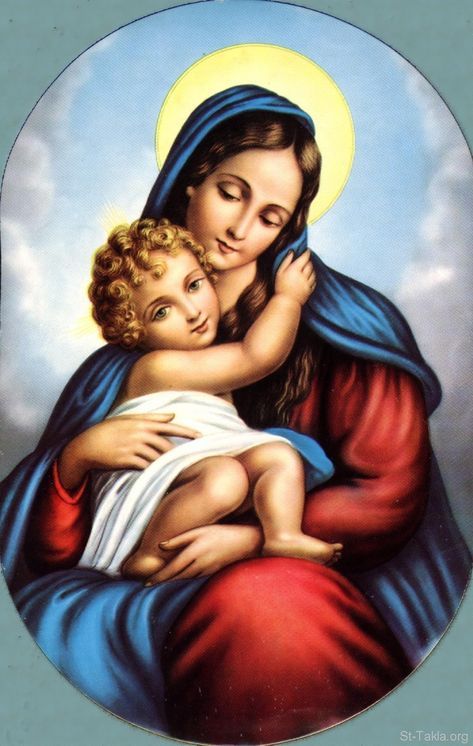
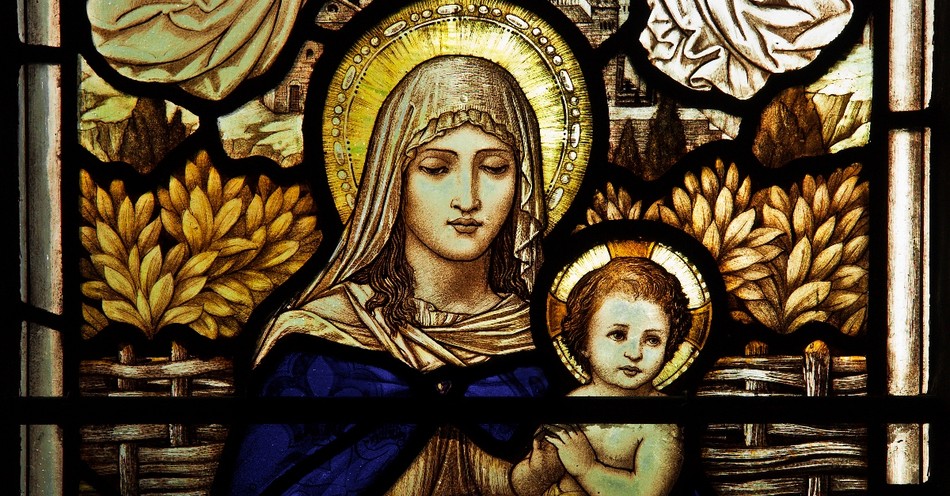

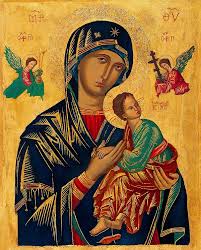
No comments yet. Be the first to share your thoughts!